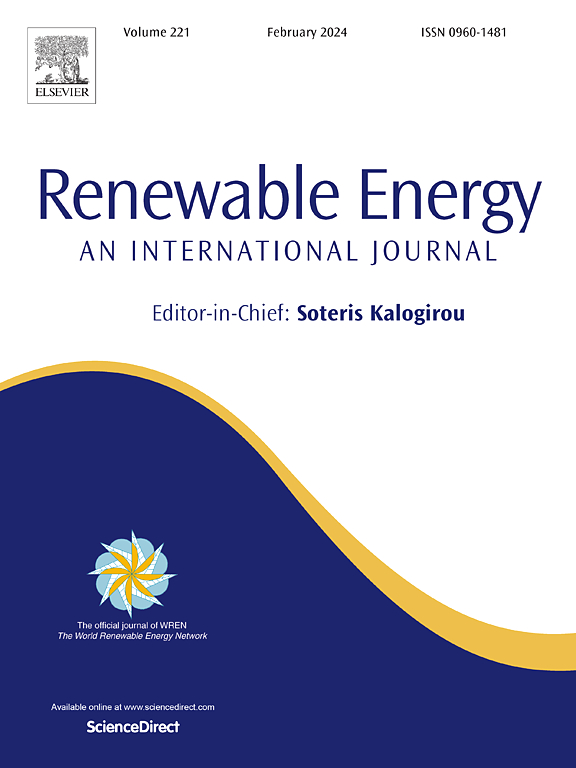Investigation and evaluation of strategic residential heat and transport electrification for supporting deep grid decarbonization
IF 9.1
1区 工程技术
Q1 ENERGY & FUELS
引用次数: 0
Abstract
The rapid decline in the levelized cost of renewable energy and the scale-up application of distributed heat pumps (HPs) and electrical vehicles (EVs) provide efficient conditions for the electrification of residential buildings. However, the rising penetration of distributed energy resources (DER) significantly change the dynamics of the power grid balancing. Enhancing system flexibility and enabling multi-energy coupling are necessary to facilitate the realization of a sustainable decarbonization pathway. This work proposes a grid-interactive schedule model of the residential energy system. Aggregated historical data of residential buildings in Kyushu are used to validate the proposed demand management strategies and assess the benefits of coordinating HP and EV operations under diverse scenarios. The results demonstrate that the rising EV and HP penetration create higher demands on the grid, especially in winter, characterized by more peak demand and higher slopes. Moreover, the peak demand difference among these scenarios reaches a factor of two. PV integration mitigates the increase in peak electricity demand and increases the self-sufficiency ratio by 32 %. Furthermore, some scenarios can achieve fully on-site PV generation consumption. Transport electrification shows a greater impact compared to hot water electrification. Overall, all the scenarios demonstrate the operation cost savings with increased DER penetration.
支持电网深度脱碳的战略性居民供热和交通电气化调查与评价
可再生能源平准化成本的迅速下降以及分布式热泵和电动汽车的大规模应用为住宅电气化提供了有效的条件。然而,分布式能源渗透率的不断提高极大地改变了电网平衡的动态。提高系统灵活性和实现多能耦合是实现可持续脱碳途径的必要条件。本文提出了住宅能源系统的电网交互调度模型。九州住宅建筑的汇总历史数据用于验证提出的需求管理策略,并评估在不同场景下协调HP和EV运行的效益。结果表明,随着电动汽车和HP普及率的提高,对电网的需求增加,特别是在冬季,峰值需求增加,坡度增大。此外,这些情景之间的峰值需求差异达到了两倍。光伏整合缓解了峰值电力需求的增长,并将自给率提高了32%。此外,一些场景可以实现完全现场光伏发电消耗。与热水电气化相比,交通电气化的影响更大。总的来说,所有的场景都表明,随着DER渗透率的增加,可以节省运营成本。
本文章由计算机程序翻译,如有差异,请以英文原文为准。
求助全文
约1分钟内获得全文
求助全文
来源期刊

Renewable Energy
工程技术-能源与燃料
CiteScore
18.40
自引率
9.20%
发文量
1955
审稿时长
6.6 months
期刊介绍:
Renewable Energy journal is dedicated to advancing knowledge and disseminating insights on various topics and technologies within renewable energy systems and components. Our mission is to support researchers, engineers, economists, manufacturers, NGOs, associations, and societies in staying updated on new developments in their respective fields and applying alternative energy solutions to current practices.
As an international, multidisciplinary journal in renewable energy engineering and research, we strive to be a premier peer-reviewed platform and a trusted source of original research and reviews in the field of renewable energy. Join us in our endeavor to drive innovation and progress in sustainable energy solutions.
 求助内容:
求助内容: 应助结果提醒方式:
应助结果提醒方式:


